

DFB laser diodes at 1392.0 nm are used for water vapour detection. Please have a look at the key features, specifications and applications.
|
parameters
|
symbol
|
unit
|
minimum
|
typical
|
maximum
|
|---|---|---|---|---|---|
|
parameters
operating wavelength (at Top, Iop) |
symbol
λop |
unit
nm |
minimum
|
typical
1392.0 |
maximum
|
|
parameters
optical output power (at λop) |
symbol
Pop |
unit
mW |
minimum
|
typical
8 |
maximum
|
|
parameters
operating current |
symbol
Iop |
unit
mA |
minimum
|
typical
70 |
maximum
|
|
parameters
operating voltage |
symbol
Vop |
unit
V |
minimum
|
typical
2 |
maximum
|
|
parameters
threshold current |
symbol
Ith |
unit
mA |
minimum
10 |
typical
25 |
maximum
30 |
|
parameters
side mode suppression ratio |
symbol
SMSR |
unit
dB |
minimum
|
typical
> 35 |
maximum
|
|
parameters
current tuning coefficient |
symbol
CI |
unit
nm / mA |
minimum
0.01 |
typical
0.02 |
maximum
0.03 |
|
parameters
temperature tuning coefficient |
symbol
CT |
unit
nm / K |
minimum
0.07 |
typical
0.10 |
maximum
0.14 |
|
parameters
operating chip temperature |
symbol
Top |
unit
°C |
minimum
+20 |
typical
+25 |
maximum
+50 |
|
parameters
operating case temperature (non-condensing) |
symbol
TC |
unit
°C |
minimum
-20 |
typical
+25 |
maximum
+50 |
|
parameters
storage temperature (non-condensing) |
symbol
TS |
unit
°C |
minimum
-40 |
typical
+20 |
maximum
+80 |
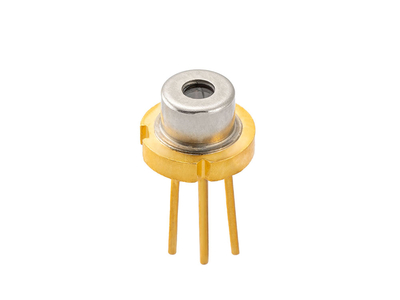
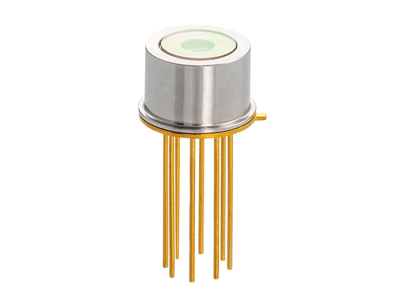
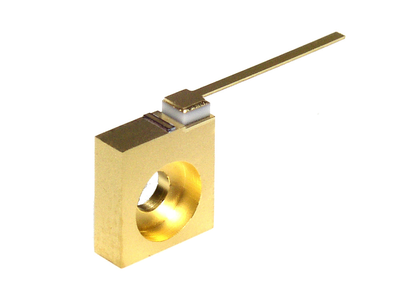

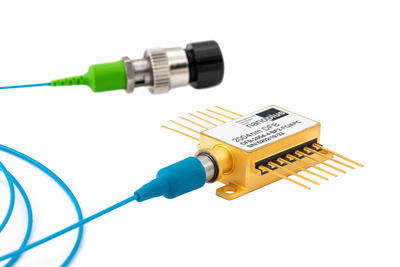
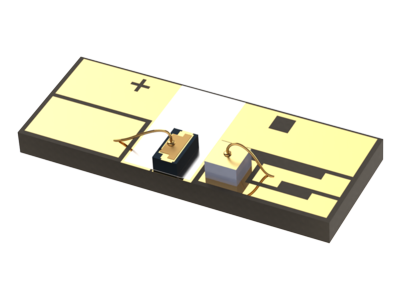
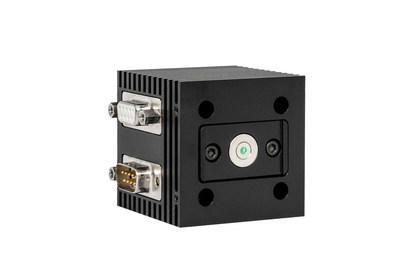
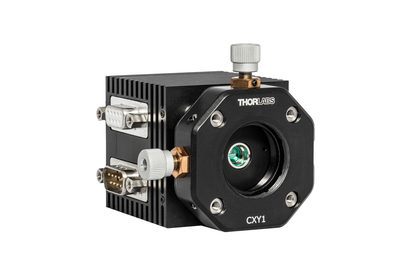
NASA’s flagship Rover Curiosity detects CO2 and H2O isotopes based on their tunable laser spectrometer SAM. The analysis of soil samples is to determine whether Mars is or has been a suitable living environment. We are proud that the instrument uses a 2.78 µm nanoplus laser for this measurement.
Read more about Mars SAM: https://en.wikipedia.org/wiki/Sample_Analysis_at_Mars
[ 115 , 25 ]The automotive industry designs new engines to increase fuel efficiency and reduce pollutant emission. Exhaust gas recirculation has become a standard technology for emission control. A newly developed laser hygrometer measures water vapour in such engines with microsecond time resolution and in situ. This method helps to rapidly quantify recirculated gas fractions and to eventually optimize combustion.
[ 47 ]Ecologists are worried about the melting of permafrost soils in the northern hemisphere. Greenhouse gases like CO2 or CH4 that are stored in the soil might be released in this case. Another, less observed, thread comes from the evaporation and condensation of large water vapor volumes. A laser-based hygrometer for mobile field applications has been developed. It measures water vapour in situ and at low concentrations. An airborn approach for monitoring climate processes is the use of a multi-wavelength H2O-Differential Absorption Lidar. It examines the whole troposphere and lower stratosphere simultaneously.
[ 46 , 21 ]Water vapour measurement is critical for gas companies to meet quality specifications and to protect pipelines from corrosion. False positives are very costly. Often the gas cannot be delivered if it is "wet".
nanoplus distributed feedback lasers show outstanding spectral, tuning and electrical properties.
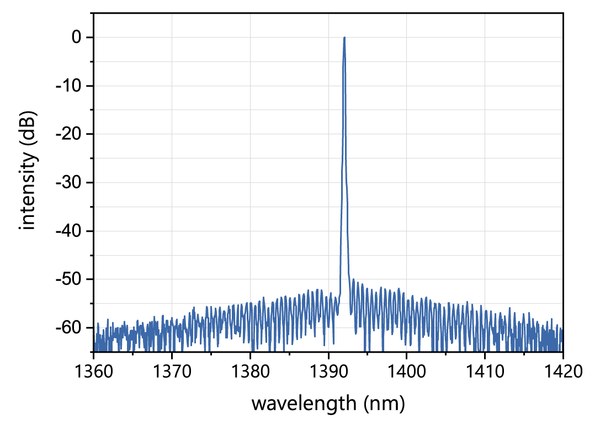
Typical spectrum of a nanoplus 1392 nm distributed feedback laser diode
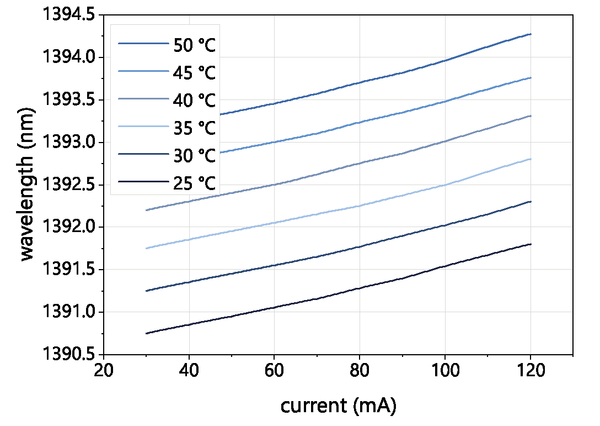
Typical mode hop free tuning of a nanoplus 1392 nm distributed feedback laser diode
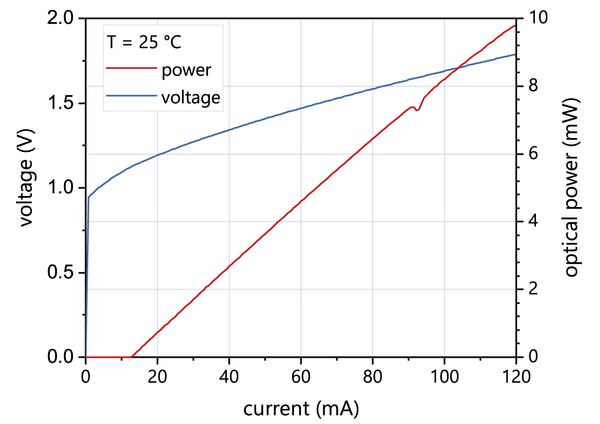
Typical power, current and voltage characteristics of a nanoplus 1392 nm distributed feedback laser diode
nanoplus uses a unique and patented technology for DFB laser manufacturing. We apply a lateral metal grating along the ridge waveguide, which is independent of the material system. Read more about our patented distributed feedback technology.
